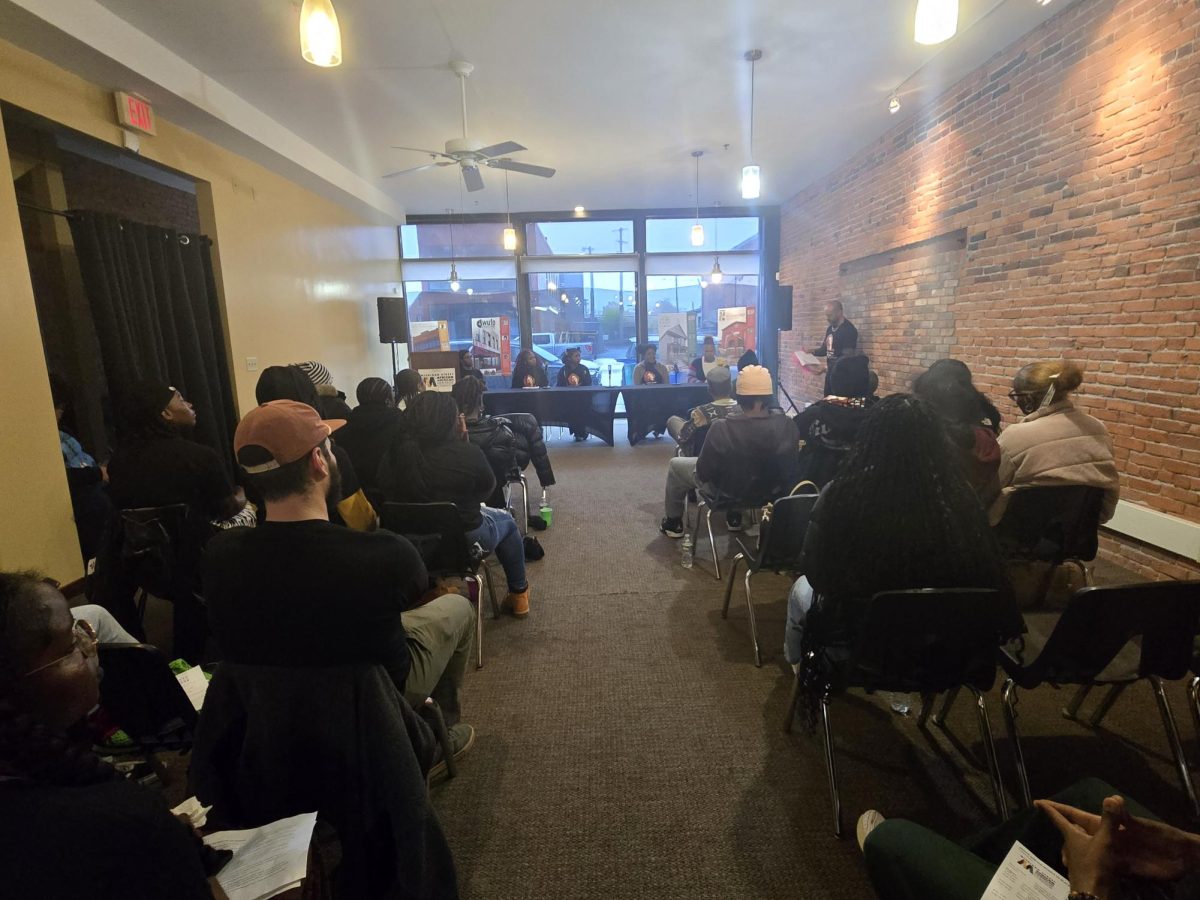Female broadcasters are not getting the respect they deserve
April 6, 2016
There are more female sportscasters emerging in the sports world, but they are not being treated the same as their male counterparts. Radio, television, and social media have exposed an attitude of how society reviews reporters and anchors. Sports fans all over the country love coming home to watch their favorite sports shows, like SportsCenter. However, some of them will look the other way when a female reporter is giving the news on sports.
“There is a fan base that would feel weird having women that would deliver sports to them, which is wrong,” said Howard Simon, co-host for “The Howard Simon Show” on WGR Sports Radio 550.
There is no doubt that there should be more female play-by-play and color commentators for sporting events. In regard to that, there is always another side to the story.
One reason why there are not enough female sportscasters is that not enough women are being hired. Sara Morrison is the author of an article called “Media is ‘Failing Women’- Sports Journalism Particularly So.” The article mentions a 2012 statistic for total staff members in sports. Out of all the people who report sports news, 14.6 percent of them are women. It also showed that 9.6 percent of sports editors are women.
“If students are knowledgeable of the game and are qualified, then they should obviously be the ones to get the job,” said Nick Filipowski, sports reporter and sports anchor for WKBW–TV.
The other possibility is where sexism is involved; in the past, female sportscasters were not treated the same as their male counterparts. There are women who want to be in sports broadcasting. However, female reporters are being perceived that because they are women, they do not have a lot of credibility. When sports broadcasting was starting in the early 1900s, it was mainly controlled by men.
A website called American Sportscasters Online has an article named “Sportcastings Firsts 1920 – Present” by Lou Schwartz. The article describes the firsts of sports broadcasting in different sporting events. For example, the first television broadcast of a baseball game was on Aug. 26, 1939. It was done by a male sports commentator named Red Barber. On Aug. 3, 1993, Gayle Gardner became the first woman ever to do television play-by-play of a baseball game.
Schwartz did another article called “Women in Sportscasting: A Brief History” and it goes into details of struggling female sports broadcasters. Jane Chastain is considered to be a one of the pioneers for women in sports broadcasting. Unfortunately, she was given a hard time with her male television crew members.
The article also mentions Jeannie Morris, another pioneer of women in sports broadcasting. She was not able to get the advantages that male sports reporters had at the time. In the early 1970s, Morris was assigned to cover a football game; she was not allowed in the press box because she was a woman. Instead, she stood outside in blizzard-like conditions.
Sports broadcasting is changing all the time, and adding women to sports staffs can make a drastic change for some local stations. By adding women to their sports staff, there can be better competition.
Competition can be limited if there are not enough people competing for the job. If the boss of a local radio or television station is only hiring men for their sports staff, they are being limited and not expanding their options towards women.
“For news directors, it should not matter if the person is a female or male, it should be who is good enough for the job,” Simon said. “I’m sure there are plenty of women out there who can do play-by-play commentary better than their male counterpart.”
The other reason to hire more female sportscasters is because ESPN is having success with it. ESPN has been more diverse by adding more women to their staff. Now, on SportsCenter, there will usually be one man and one women anchoring at the top of each hour.
“I think there are plenty of women at ESPN who are pretty good,” Simon said. “I hope it will open the door or convince people to hire women to do the jobs.”
ESPN is becoming a foundation for women in sports broadcasting. In the near future, maybe local radio and television stations will hire more women for their sports staffs.
“Looking at it as a whole, if somebody is qualified, by all means they should be a part of the team and staff that contribute to the sports department,” Filipowski said.
email: staff.record@outlook.com



